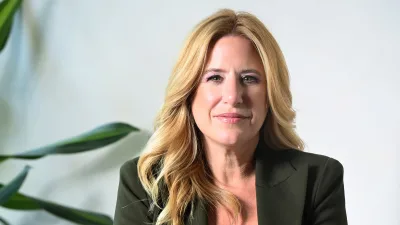Self-licensing riddled with risks



Advisers exiting the vertically integrated and/or distribution driven licensee space should consider seeking a group that operates like a co-operative rather than opting for obtaining their own licence.
That was the suggestion by AdviceIQ business strategy consultant, Paul Harding-Davis, who said advisers who opted for the self-licensed path would not have necessarily considered all the implications and challenges that came with it.
Harding-Davis said it had become increasingly evident in the last few years that the majority of risks associated with providing advice rested on the licensee, and the director of the Australian financial services licence (AFSL) holder.
He cited professional indemnity insurance at the time of sale as a challenge to bear in mind.
“It is unlikely that the acquirer will want to buy the corporate entity and the licence. The risks attached to this are potentially enormous and require a vastly greater level of due diligence,” he said.
“This of course adds significantly to the costs, complexity and duration of a transaction as I’ve personally experienced.”
This could result in the current licensee handing back the licence, which would require the Australian Securities and Investments Commission (ASIC) to obtain run-off cover from their PI insurer.
“This is typically in the 3.5 to four years’ worth of premiums, again adding to the costs and complexity of the transaction, and still leaving some tail risk,” Harding-Davis said.
He also observed that principals were spending time on work during non-billable hours, losing a day a week due to lack of management resources.
“For example, at a common billing rate of $300 per hour it runs to more than $100,000 of time spent on non-billable hours,” he said.
Harding-Davis said a co-operative would be owned equally by all practices, with equal or material shareholdings, while there would be a sense of collegiality given everyone would have a seat at the table, while it would also provide capacity to share costs of resources and add specialist staff, leaving principals time to spend on their clients and the business.
Recommended for you
The Stockbrokers and Investment Advisers Association has announced the appointment of its new chief executive following the exit of Judith Fox after six years.
While SMAs may boost adviser efficiency, an adviser has suggested that widespread use could leave some clients in a worse position while also reducing the individuality of their service.
Three advice firms – Talem, Assure and Plenary Wealth – have merged to create a Sydney-based advice business.
Sophie Chen has begun her role as executive director at Sequoia Financial Group, responsible for implementing the firm's strategy in Asia-Pacific as the group looks to cross-border partnerships.












